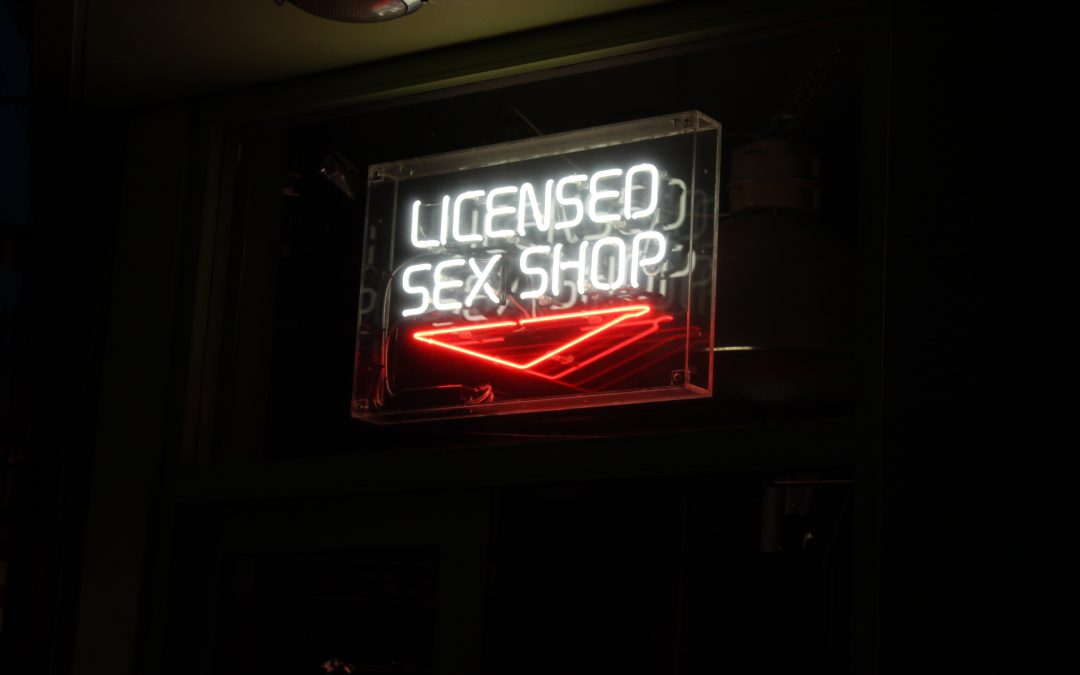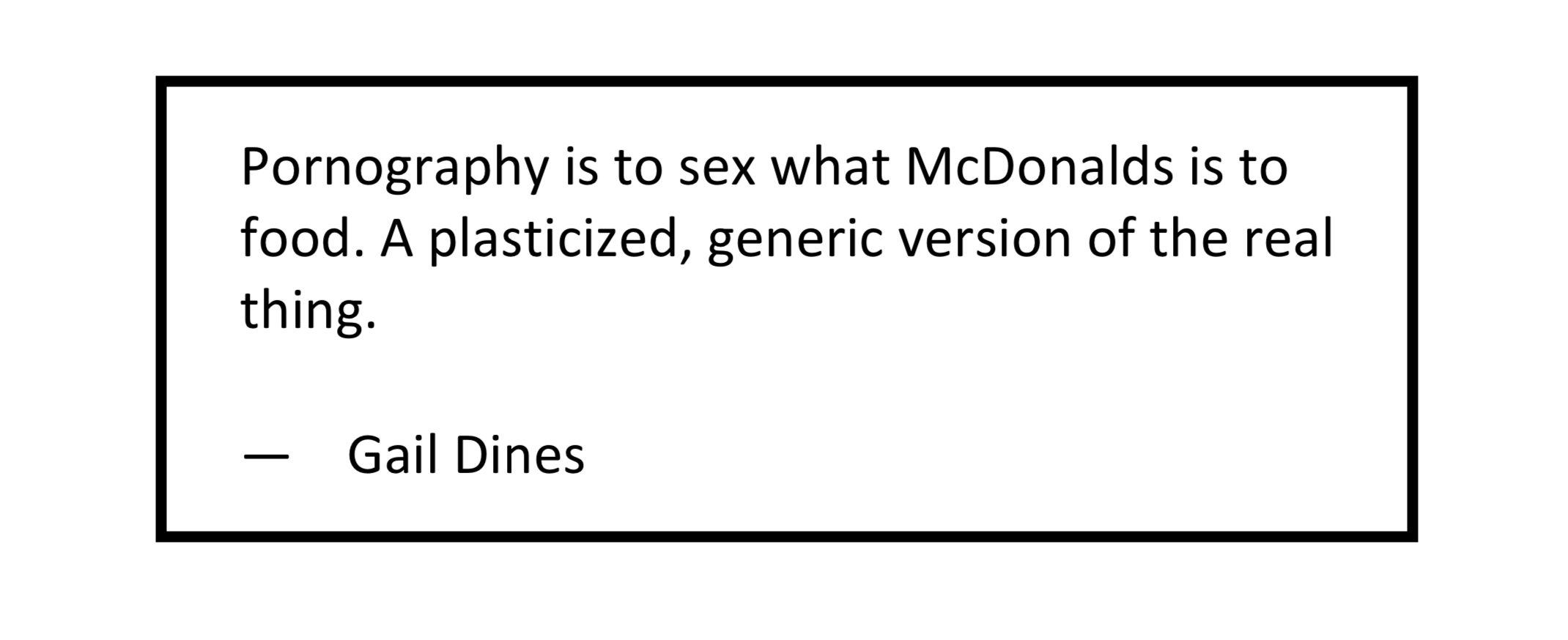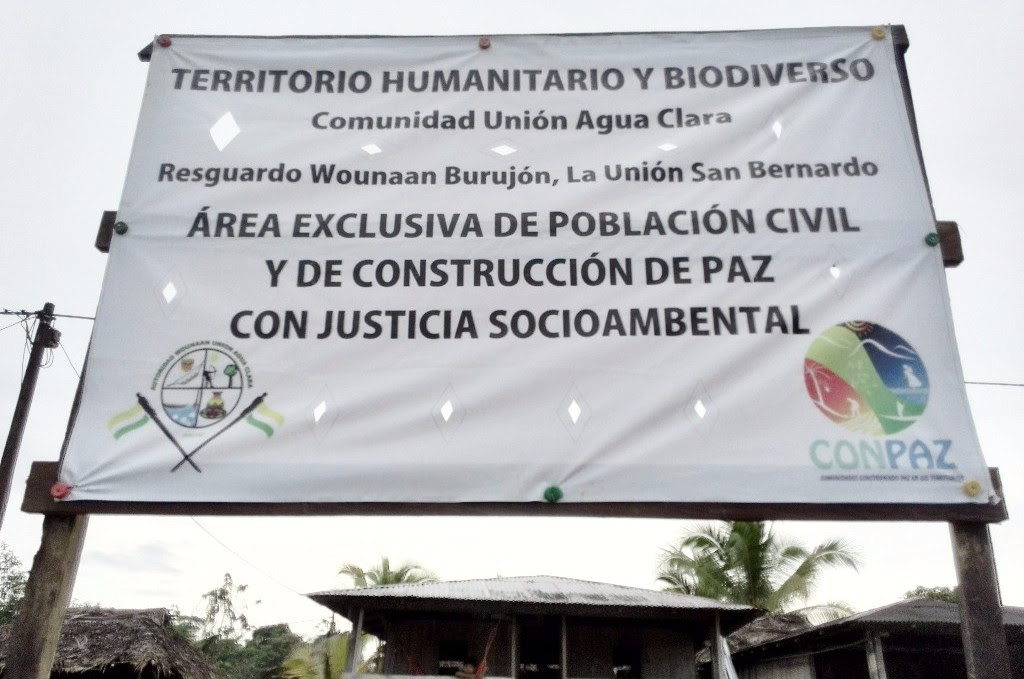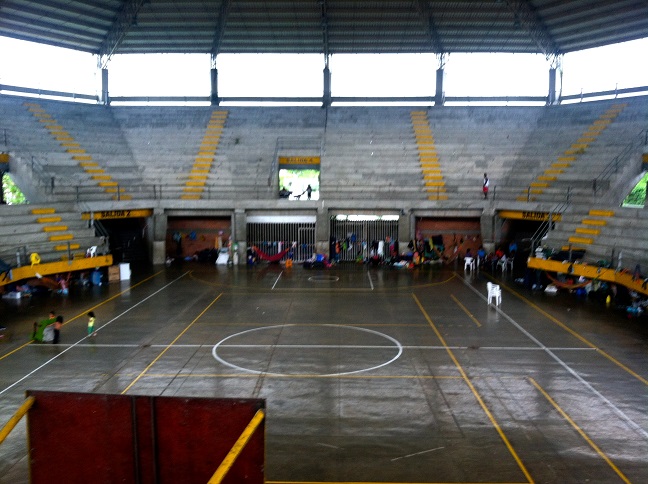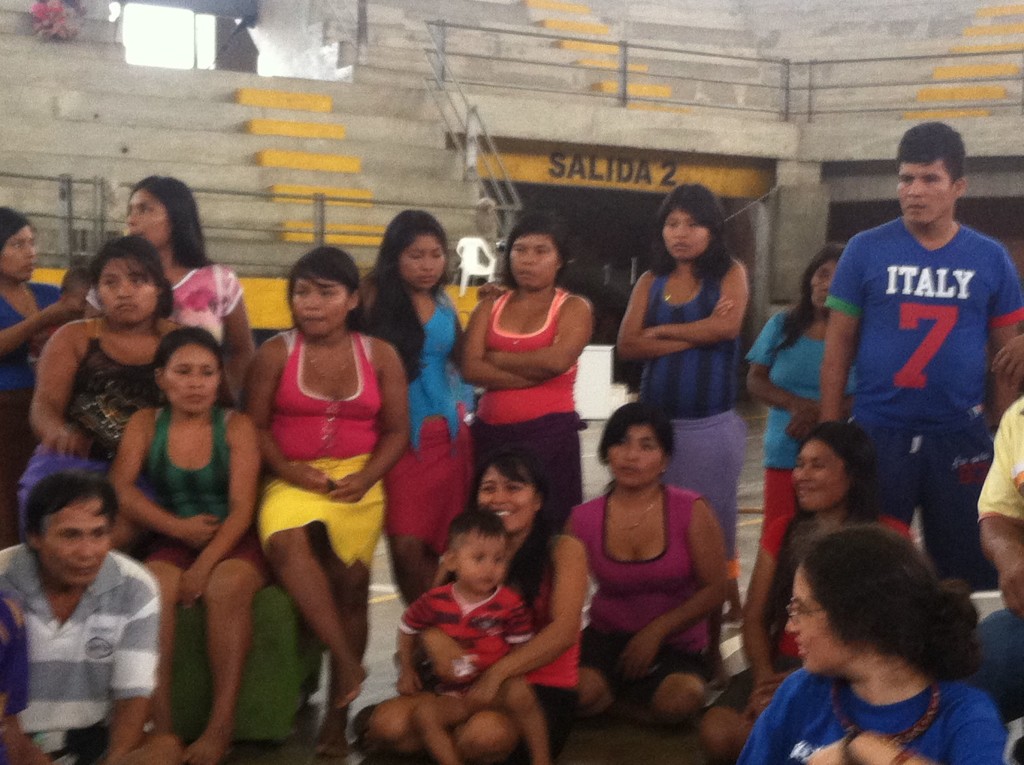
Why and How to Stop Using Porn
Quitting porn is about reclaiming your authentic sexuality, aligning your actions with your values, and decolonizing your mind. For organizers, activists, and revolutionaries, choosing to stop using porn will make you feel better, leave you with more energy and time, and is a stand in solidarity with women and girls—which is also a stand with the living planet.
This article will introduce the harms of pornography, share a radical feminist perspective on porn, a radical indigenous perspective on porn, a short interview with Noam Chomsky, and provide some tools to help you stop using porn.
Sexting and Pornography are eroding whole generations from birth. — Native Youth Movement
Critical Media Analysis of Porn
Critical media analysis tells us how the advertising and mass media industries use psychological tricks to encourage us to buy and spend more time watching screens. It works. The global entertainment and media industry is worth more than $2 trillion.
However, few of us apply the same critical thinking to pornography. Like mass media, porn is big business. The size of the industry was estimated at roughly $15 billion in 2018 in the U.S. alone. That’s more revenue than Hollywood, Netflix, the NBA, Viacom, or the NFL.
Porn influences individuals and our entire society. However, this influence is rarely interrogated. Porn production and use largely happens in the shadows. It’s mostly a private habit that people indulge in darkened bedrooms and offices. And unlike other large industries, it’s usually not discussed. We educate young children about advertising and mass media to encourage caution around images that are, by design, manipulative. But young people are rarely educated about pornography.
They need to be. More than a third of kids have seen porn by age 12. Seventy-five percent of 18-year-old women say “pornography has led to pressure on girls and young women to act a certain way.” And 70% say “pornography leads to unrealistic attitudes” about sex and that “pornography can have a damaging impact on young people’s views of sex or relationships.” Porn has become the de-facto sex education program worldwide.
“Super-Normal” Stimulus
Human sexuality is a powerful force, and is something that can be beautiful, enjoyable, and important. Pornography, in contrast, is a “super-normal” stimulus.
Our ancestors did not evolve in a world where the internet provided instant access to explicit images and videos. At a biological level, modern internet porn is completely unlike the authentic human sexuality we evolved with, which involves face-to-face communication, desire, relationships, conversations, sex, and so on.
Porn, in contrast, provides a never-ending stream of digital images that has almost nothing in common with real sexuality. This super-normal stimulus is why many men, and a smaller number of women, are addicted to pornography.
Porn is to sex as heroin is to a runner’s high. Rather than nourishing the self and others, as authentic sexuality can, porn leaves users alienated, shameful, disconnected from partners and others around them, and wasting precious time—the only thing we have in life—looking at an image on a two dimensional screen. And like opiates, compulsive porn use is very common.
Why to Stop Using Porn
There are many reasons to stop using porn.
1. Porn harms women.
There are real women (and men) working in the pornography industry. They tend to have very high rates of drug abuse, STDs, mental health issues, physical and sexual abuse, and premature death. More broadly, porn fuels demand for prostitution and for sex trafficking. Tragically, there are many examples of porn depicting trafficked women who are being raped on-camera. Porn is not a fantasy. It is something happening to real people.
2. Porn harms society.
Critical media analysis tells us the images we are exposed to effect us. This is why advertising works. Porn lives inside the minds of the people who watch it, and then filters out into society. Porn also gravitates towards “shock content” as people become accustomed to hyper-normal stimulus. This is why porn so often contains blatant racism, real and faux underage and “teen” content, acts that are not actually pleasurable, BDSM, incest tropes, and outright violence. One analysis of the most popular porn films found that 88% of scenes contained violence against women. The objectification of women, negative body image, and abusive practices normalized by porn have ramifications throughout society and particularly on women and girls.
3. Porn harms users.
There is nothing categorically wrong with masturbation, but porn is not masturbation. It’s masturbation moderated by a patriarchal, capitalist industry. People who use porn don’t actually get anything out of it. They don’t get good sexual education. They don’t strengthen their relationships by building trust and intimacy. They don’t make money or become more enlightened. They don’t even get real, lasting pleasure (users consistently report feelings of shame, depression, and anxiety regarding their habit/addiction). In this sense, porn is similar to a destructive drug addiction. It harms users, yet they crave it and have trouble stopping.
A Radical Feminist Perspective on Porn
Feminists have been speaking out against pornography and the objectification of women for a long time. The great anti-porn organizer Andrea Dworkin wrote that:
“Pornography incarnates male supremacy. It is the DNA of male dominance. Every rule of sexual abuse, every nuance of sexual sadism, every highway and byway of sexual sadism, is encoded in it. It’s what men want us to be, think we are, make us into; how men use us; not because biologically they are men but because this is how their social power is organized. From the perspective of the political activist, pornography is the blueprint of male supremacy.”
A quick visit to any popular porn site confirms this. Whatever facet of patriarchy you are concerned about (sexual harassment, sexual assault, incest and family violence, rape, workplace abuse, exploitation of young women and girls by older men, forced childbearing, sexualized racism and racialized sexism, revenge porn, upskirting, voyeurism, and every other possible form of non-consent, deception, coercion, etc.) you will find pornography catering to and sexually reinforcing those ideologies.
Radical feminists have long argued that the sadistic brilliance of pornography is that is sexualizes domination, objectification, and violence; that it encodes patriarchy within something that feels pleasurable, and thus makes it often invisible. Andrea Dworkin, once again, wrote that “Pornography is the institution of male dominance that sexualizes hierarchy, objectification, submission, and violence.”
The feminist writer Susan Griffin described both the production and consumption of porn as a ritualistic rite to patriarchy with political ramifications rarely understood by those participating in it:
“For above all, pornography is ritual. It is an enacted drama that is laden with meaning, which imparts a vision of the world. The altar for the ritual is a woman’s body. And the ritual which is carried out on this altar is the desecration of flesh. Here, what is sacred within the body is degraded.”
A Radical Indigenous Perspective on Porn
Griffin’s analysis of pornography as a ritual that is conducted on women and girls and broadcast into the minds of hundreds of millions of people worldwide has some similarities to a radical indigenous perspective on pornography.
From the Native Youth Movement Warrior Society [edited for length]:
When two humans exchange their energy it is a sacred union. In our pre-invasion world sex was seen very different than today, very sacred; the most sacred of our ceremonies, the one that is universal. By exploiting sexuality, we exploit our essence as life forms. By colonizing and changing our sexuality they colonize our first and oldest ceremony, so sacred every man and woman had their own and it was only viewed, attended and participated in by them.
It is now controlled by the perverted minds of the colonizer. If they control what arouses people and when, through imagery, they can make a person think about sex and control the oldest part of us. The hind brain is older and stronger than any other portion of the brain. We share it with all other backboned animals.
When hind brain is in charge, accessing neural networks that are responsible for compassion, self-awareness, and emotional intelligence is harder. The place where our deepest love comes from can be quickly overridden by the hind brain. Today most people in the industrial world function in this continued state of narcissism. In other words, they have sexualized our world as a way to control the oldest thought process of survival.
Sexting and pornography are eroding whole generations from birth. While sex is thought of as a curse word in public and our communities, dysfunctional sexuality is a behind-closed-doors addiction. In 2012, the Internet Watch Foundation found that an “estimated 88% of self-made explicit images are stolen from their original upload location and made available on other websites, in particular porn sites collecting sexual imagery of children and young people.” When the person who originally sexted the photo finds out everyone has access to it they can go into depression and there have been many cases of suicide.
Indigenous views of sexuality must be revived as a Sacred teaching for our young ones. The future of Indigenous people is at stake. Body parts are not objects, just as the humans they are part of are not objects, they are sacred life forms that must be treated good and engaged respectfully. Physical appearance is shallow. A person’s mind must be in good health to be healthy.
Noam Chomsky on Pornography
When asked about his stance on pornography, in response to perceived endorsement of Hustler, who had tricked Chomsky into giving an interview for the magazine, Chomsky responded:
Pornography is humiliation and degradation of women. It’s a disgraceful activity. I don’t want to be associated with it. Just take a look at the pictures. I mean, women are degraded as vulgar sex objects. That’s not what human beings are. I don’t even see anything to discuss.
Interviewer: But didn’t performers choose to do the job and get paid?
The fact that people agree to it and are paid, is about as convincing as the fact that we should be in favor of sweatshops in China, where women are locked into a factory and work fifteen hours a day, and then the factory burns down and they all die. Yeah, they were paid and they consented, but it doesn’t make me in favor of it, so that argument we can’t even talk about.
As for the fact that it’s some people’s erotica, well you know that’s their problem, doesn’t mean I have to contribute to it. If they get enjoyment out of humiliation of women, they have a problem, but it’s nothing I want to contribute to.
Interviewer: How should we improve the production conditions of pornography?
By eliminating degradation of women, that would improve it. Just like child abuse, you don’t want to make it better child abuse, you want to stop child abuse.
Suppose there’s a starving child in the slums, and you say “well, I’ll give you food if you’ll let me abuse you.” Suppose—well, there happen to be laws against child abuse, fortunately—but suppose someone were to give you an argument. Well, you know, after all a child’s starving otherwise, so you’re taking away their chance to get some food if you ban abuse. I mean, is that an argument?
The answer to that is stop the conditions in which the child is starving, and the same is true here. Eliminate the conditions in which women can’t get decent jobs, not permit abusive and destructive behavior.
How to Stop Using Porn
There are many ways to stop using porn, but the difficult part is the psychology of quitting. Unlike a drug like heroin or alcohol, porn is barely addictive at the physical level. People quitting heroin or alcohol often need medical support and gradual weaning. Porn is not like that. The addiction is primarily psychological.
Most compulsive porn users are convinced that they need porn, that they like it, or that they’ll feel miserable without it—even though using porn makes them feel shameful and physically depleted. This is the psychology of addiction.
So how can this be overcome? There are a few common methods used by millions of people around the world to stop using porn. These include EasyPeasy, Fortify, Your Brain on Porn, and others.
1. Stop Using Porn with the Easy Peasy Method
“Easy Peasy” is a method adapted from Allen Carr’s 1985 book The Easy Way to Stop Smoking. The method focuses on first transforming your attitude towards porn by seeing it as a drug that has no benefits and embracing a desire to quit. This method is interesting because it emphasizes happiness and contentment to be free of porn, and discourages people from feeling like they are depriving themselves of something by quitting. It involves reading a short book (also available as an audiobook) and is free.
2. Stop Using Porn with the Fortify App
Fortify is a smartphone and web app that is available for free to help people stop using porn. It was created by the people behind “Fight The New Drug,” an anti-porn organization. The app helps prompt you to take certain actions, get support from others, track your progress, and do mindfulness exercises. A free version is available, as is a paid plan with more tools that costs $10 USD per month.
3. Stop Using Porn with Your Brain on Porn
YBOP doesn’t prescribe a single program for quitting porn. Rather, it has a collection of tips and tricks collected over many years and from many people.
Please note: these methods are not explicitly feminist creations; they are self-help methods that are largely apolitical. Many anti-porn communities and forums still contain misogyny. However, don’t let this discourage you from using the resources that are available.
Additional Information
- DGR News Service archives on this topic.
- Culture Reframed, the organization created by Gail Dines, is an excellent resource for parents and educators.
- Anti-Pornography.org is a feminist anti-porn website.

